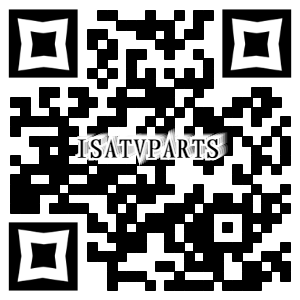A CVT (continuously variable transmission) system is popular among modern ATVs and UTVs. It uses a belt drive and two pulleys to change the gear ratio on a unit by squeezing a belt that rides up and down a set of sheaves.
Signs of a Worn CVT Clutch
- Unit lurches when you apply throttle
- Needs excessing RPMs to trigger engagement
- Squealing from inside clutch compartment
Inspecting a CVT Clutch
Step 1. Remove the cover, and use your fingertips to feel along the inside of the sheaves on the drive and driven clutch.
When we removed the drive and driven clutch, we could see and feel several grooves near the inside of the drive clutch sheaves. These grooves can prevent free movement of the drive belt, causing jerky acceleration. Deep grooves can start to shred the belt and scatter debris through the entire clutch system.
Step 2. Check the pivot points both for the weights and main carriers. You’re looking for side-to-side play in the pivot points that indicates wear.
Step 3. Check for wear on the buttons on either side of the carriers. If they’re worn away and the carrier is metal on metal inside the clutch body, they’ll need to be replaced.
Step 4. Run your hand along the sheaves to feel for grooves that could damage the belt.
Step 5. Inspect the condition of the rollers on one side and the helix (or track) on the other. These rollers ride along the helix to move the sheaves together or apart, which effectively changes the gear ratio.
Step 6. Inspect the sides of the belt for wear. Cupping (worn areas) can mean that one side of the clutch is turning and driving the belt, and the other isn’t. This tends to wear the belt in one place.
About CVT Clutch
“atv cvt clutch cleaning”
“atv cvt clutch tuning”
“how to drive a clutch atv”
“is there a clutch in a cvt transmission”
“how does a atv clutch work”
“does cvt has clutch”


